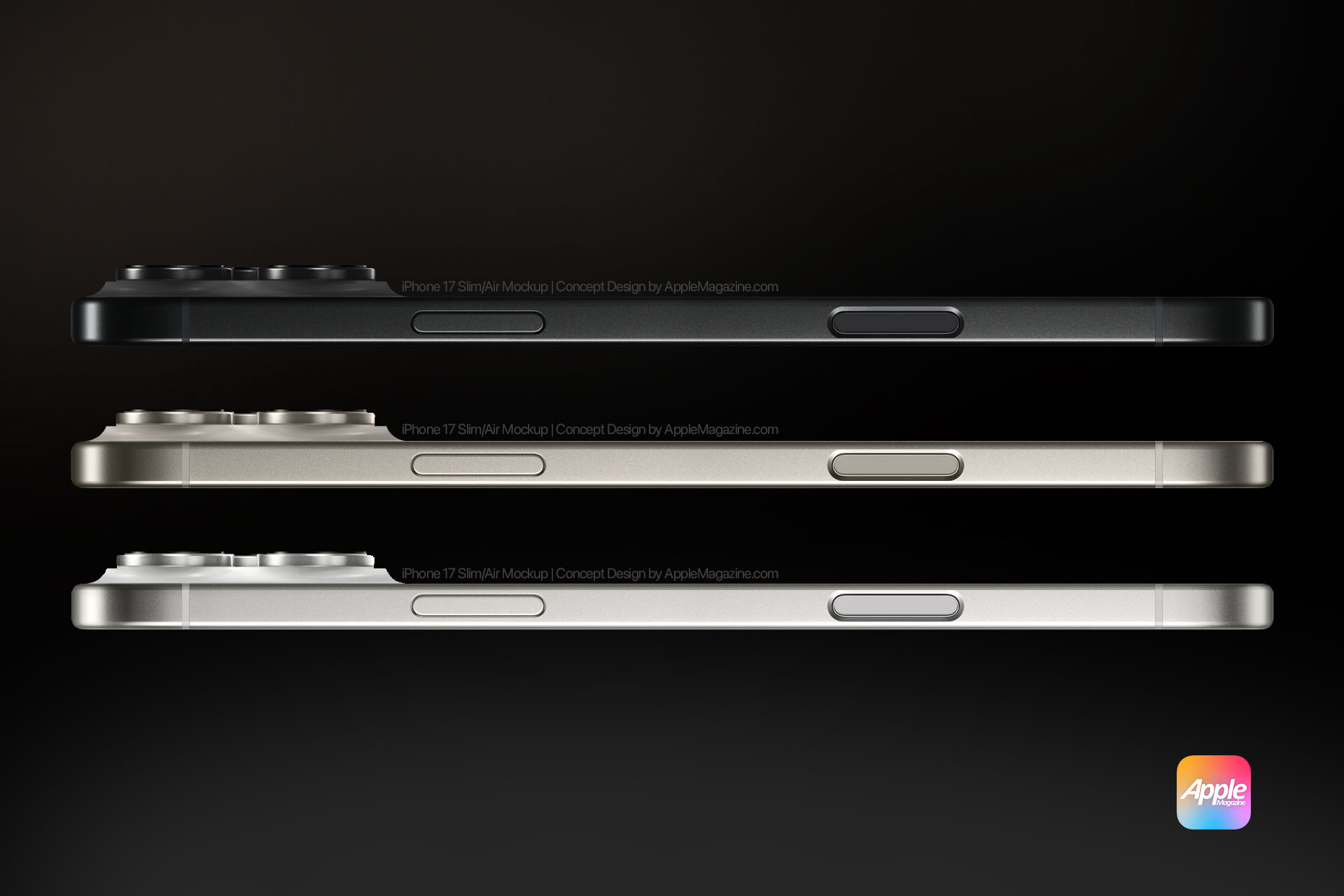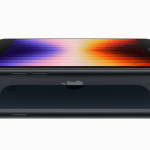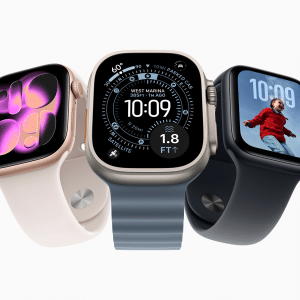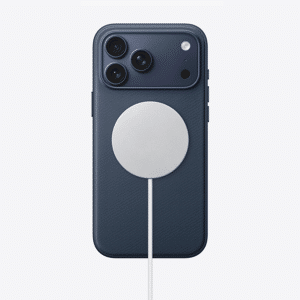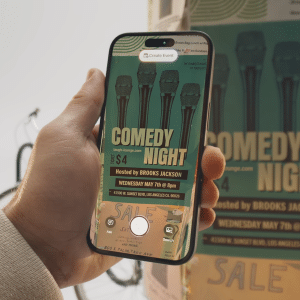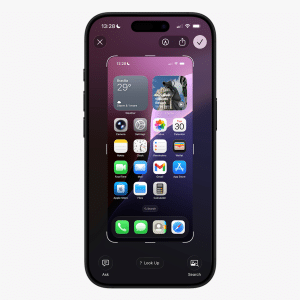The iPhone 16e, which replaced the iPhone SE, marked a significant change in Apple’s approach to budget devices. Launched with a 6.1-inch OLED display, A18 chip, and a starting price of $599, it offered flagship-level features in a design reminiscent of the iPhone 14. Macworld reports that the iPhone 17e is now in the early stages of trial production—a small-scale test to identify manufacturing issues and refine the production line. This phase, common for Apple devices, ensures quality and efficiency before full-scale production begins. The leaker’s track record, including correctly predicting the iPhone 16e’s name, lends credibility to the claim that the iPhone 17e is on track for a spring launch, potentially in May 2026.
What to Expect from the iPhone 17e
While specific details about the iPhone 17e’s features remain scarce, its positioning as a successor to the iPhone 16e suggests it will borrow hardware from the iPhone 17 lineup, expected to debut in September 2025. The iPhone 16e’s A18 chip, USB-C port, and 48MP Fusion camera set a high bar for Apple’s budget tier, and the 17e is likely to build on this foundation. Analysts speculate it could feature an A19 chip—potentially a less powerful version than the iPhone 17’s—to maintain affordability while delivering solid performance. Other rumored upgrades, such as improved battery life or a refined camera system, may align with Apple’s goal of offering modern hardware at a competitive price point, as noted by Tom’s Guide.
Strategic Timing and Market Competition
The spring 2026 launch, tentatively pegged for late May, positions the iPhone 17e to compete directly with mid-range devices from Xiaomi, Vivo, and Google, which often release in the same timeframe. Apple’s shift to an annual “e” series release, as suggested by Consumer Intelligence Research Partners (CIRP), mirrors Google’s Pixel “a” strategy, providing a predictable upgrade path for cost-conscious buyers. This move also helps Apple maintain market buzz between its flagship September launches. However, the exact timing raises questions, as trial production typically begins six to nine months before release. If the iPhone 17e is already nearing this stage, a launch as early as February 2026—aligning with the iPhone 16e’s schedule—could be possible, though AppleInsider suggests May is more likely.
Challenges and Opportunities
Apple’s focus on the “e” series comes as it faces challenges in markets like China, where its smartphone sales dropped 9% in Q1 2025, per Counterpoint Research. The iPhone 17e’s affordability could bolster Apple’s position in cost-sensitive regions, but potential U.S. tariffs on imported goods, as flagged by Android Headlines, may impact pricing. If tariffs raise costs, the iPhone 17e might not match the iPhone 16e’s $599 price, potentially affecting its appeal. On the opportunity side, the “e” series’ success—evidenced by the iPhone 16e’s strong sales—could solidify Apple’s dominance in the mid-range segment, capturing buyers upgrading from older models.
Why It Matters
The iPhone 17e’s development signals Apple’s commitment to making premium technology accessible without sacrificing quality. By transitioning from the sporadic iPhone SE updates to an annual “e” series, Apple is creating a consistent, budget-friendly option that complements its flagship lineup. For users, this means more frequent access to modern features like Apple Intelligence, advanced cameras, and efficient chips at a lower cost. The move also keeps Apple competitive in a crowded smartphone market, where rivals are aggressively targeting the mid-range segment.
Looking Ahead
As trial production ramps up, more leaks about the iPhone 17e’s specs and design are likely to emerge. While the May 2026 launch date is tentative, Apple’s supply chain preparations suggest confidence in the “e” series’ future. Whether the iPhone 17e sticks to the iPhone 16e’s formula or introduces new features like MagSafe, as speculated by some analysts, it will play a key role in Apple’s strategy to broaden its market reach. For now, the tech world awaits further details as Apple refines its next budget contender.
